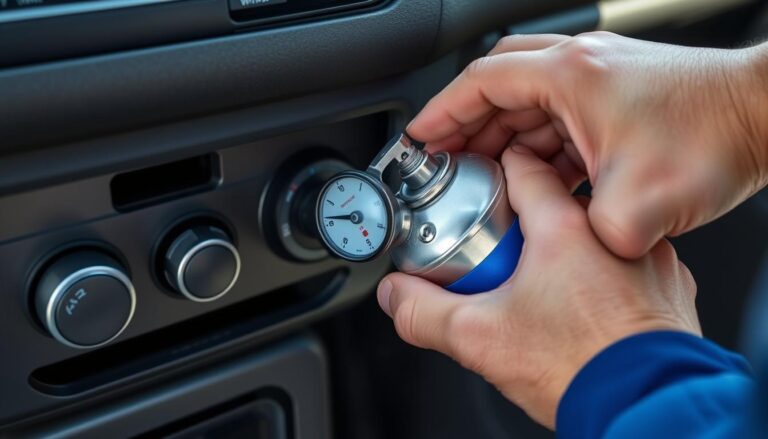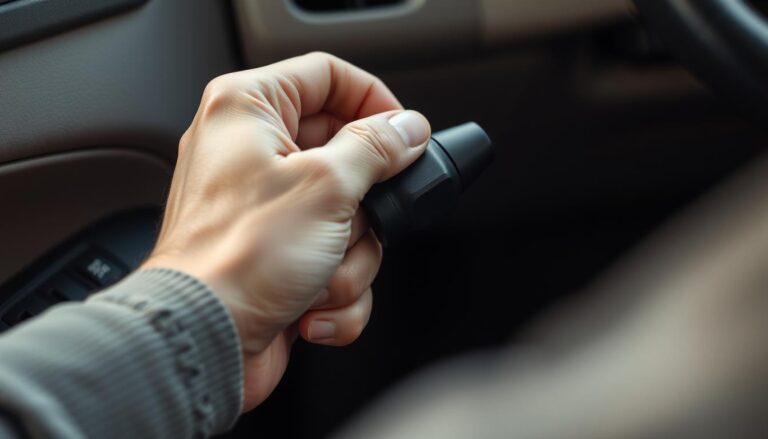Towing a travel trailer in 20 mph winds requires cautious driving to maintain control and prevent swaying. It is important to be aware of the potential impact of wind on the trailer’s stability and adjust your driving accordingly.
Wind can affect the handling and response of your vehicle, making it essential to drive at a safe and steady speed to minimize the risk of accidents. Additionally, ensuring that your trailer is properly loaded and balanced can help improve stability in windy conditions.
Being proactive and attentive while towing in high winds can enhance safety for you and other road users. Keep in mind the importance of regularly checking weather conditions before embarking on your journey and making adjustments as needed to ensure a smooth towing experience.
Benefits Of Towing Travel Trailer
Towing a travel trailer in 20 mph wind offers numerous benefits, including improved stability, enhanced control, and increased safety on the road. By choosing a strong and reliable towing setup, drivers can confidently navigate challenging weather conditions and enjoy a smooth and secure travel experience.
| Benefits of Towing Travel Trailer |
| 1. Towing a travel trailer improves fuel efficiency by reducing drag. |
| 2. It offers a cost-effective accommodation option while exploring different places. |
Understanding The Impact Of Wind On Towing
Traveling with a towing trailer in windy conditions can pose significant challenges. Understanding the impact of wind on towing is crucial. Effect of wind speed on handling Your towing vehicle’s stability can be compromised by wind speeds as low as 20 mph. Potential risks of towing in high winds include sway, reduced control, and decreased fuel efficiency. Blustery conditions can also lead to increased wear and tear on the vehicle and trailer components. Proper preparation and awareness of wind impact are essential for safe towing experiences.
Preparation For Towing In Windy Conditions
When towing a travel trailer in windy conditions, proper preparation is essential. One of the key factors to consider is weight distribution. Ensuring that the weight is distributed evenly throughout the trailer will help increase stability and reduce the impact of crosswinds. This can be achieved by placing heavier items in the lower sections of the trailer and avoiding overloading one side. Checking tire pressure is another crucial step. Maintaining the correct pressure not only improves fuel efficiency but also enhances tire grip and stability. Additionally, verifying the tire tread depth is important to ensure optimal traction on the road.
Driving Tips For Towing In Windy Weather
When towing a travel trailer in windy weather with winds reaching 20 mph, it’s important to take certain precautions. Maintain a steady speed, keep a firm grip on the steering wheel, and be aware of the trailer’s movements.
| When towing a travel trailer in windy conditions, reduce speed to maintain control. |
| Keep a safe distance between your vehicle and others to prevent accidents. |
| Focus on the road ahead and make steady steering adjustments as needed. |
| Stay alert and be prepared for sudden gusts of wind impacting your driving. |
Equipment Recommendations For Windy Towing
When towing a travel trailer in windy conditions, it is important to consider using a weight distribution hitch. This type of hitch can help distribute the trailer’s tongue weight more evenly across the towing vehicle and trailer axles, helping to improve stability and control in windy conditions. In addition, installing sway control devices can also be beneficial. These devices can help minimize the side-to-side movement of the trailer caused by wind gusts, enhancing overall towing safety and reducing the impact of windy conditions on the towing experience.
Emergency Procedures In Windy Towing Scenarios
When towing a travel trailer in 20 mph winds, it is crucial to be prepared for emergency situations. Response to sudden gusts: Stay calm, grip the steering wheel firmly, and avoid sudden movements. Handling trailer sway: Slow down gradually, apply the trailer brakes only if necessary, and steer gently in the opposite direction of the sway. Remember to maintain a safe distance from other vehicles and pull over if conditions become too hazardous. Always prioritize safety and be aware of your surroundings when towing in windy conditions.
Frequently Asked Questions
How Windy Is Too Windy For A Travel Trailer?
Travel trailers should not be exposed to wind speeds exceeding 30-40 mph. This can cause instability, damage, or even overturning. Always check weather conditions before towing.
At What Wind Speed Should You Not Tow A Trailer?
Avoid towing a trailer in wind speeds exceeding 40-50 mph to ensure safe driving conditions.
What Wind Speed Can A Travel Trailer Withstand?
A travel trailer can withstand wind speeds up to 50-60 mph before risking damage. Securely anchoring it can increase resistance.
How Much Wind Does It Take To Flip A Travel Trailer?
A travel trailer can flip in high winds. The exact wind speed needed for this to happen varies depending on the trailer’s size, weight, design, and other factors. It is important to take precautions and anchor your trailer securely to prevent accidents.
How Do You Tow A Travel Trailer In High Winds?
To tow a travel trailer in high winds, ensure proper weight distribution, reduce speed, and have a firm grip on the steering wheel.
Conclusion
In sum, towing a travel trailer in 20 mph wind requires caution and awareness. By understanding the impact of wind on your vehicle and trailer, you can mitigate potential dangers. Staying informed about weather conditions and adjusting your driving accordingly will ensure a safe and enjoyable towing experience.
Remember to prioritize safety above all else.


